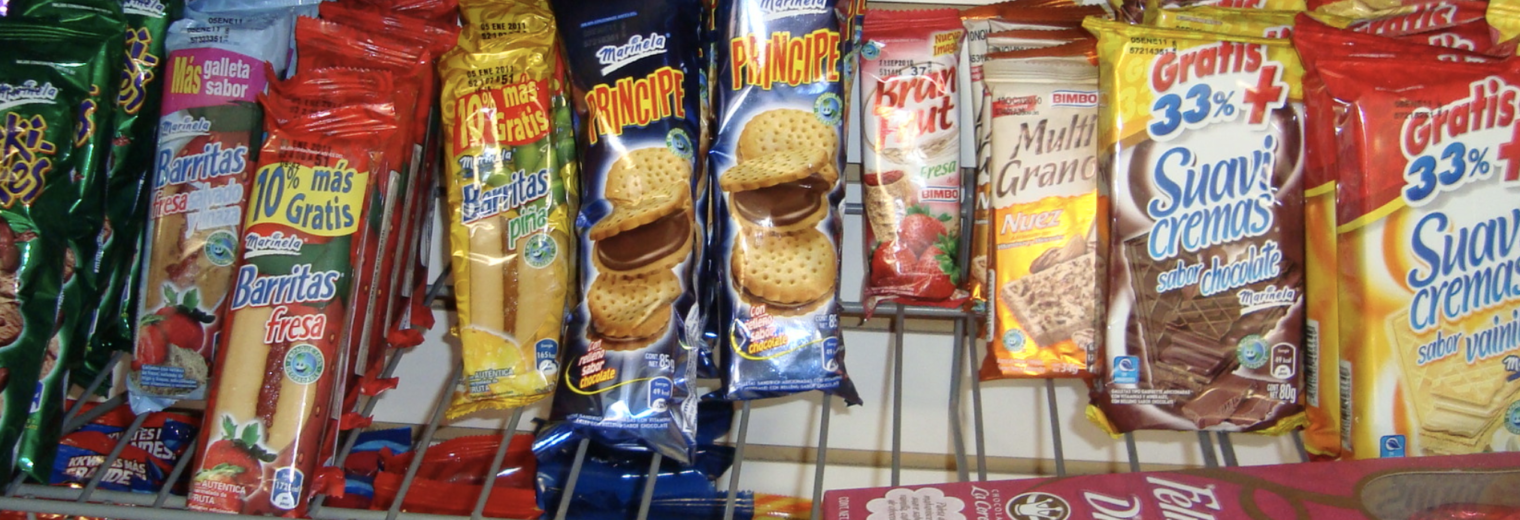In 1977, a group of activists gathered to concoct a campaign to take on the international food companies that were marketing infant formula in the global south—and undermining infant health. (Rumor has it, my parents’ basement served as the staging ground for one of those early meetings).
An audacious idea was hatched: A global boycott of the biggest pusher of infant formula, the Big Food giant Nestlé. The resulting campaign included the founding of INFACT (now known as Corporate Accountability International and home to Real Food Media) and, while the campaign didn’t end Nestlé’s marketing of infant formula, it dramatically restricted how, what, and where the company could market.
This multi-decade campaign of courageous leaders around the world working to promote health in the face of multinational food industry marketing was front-of-mind reading The New York Times deeply reported piece about Nestlé in Brazil. In the piece, you learn about how the global giant is still impacting the health and well being of people around the world, not only through its ongoing marketing of infant formula, but also KitKats, pudding, sugar-sweetened yoghurt. The Times pieces is powerful evidence that preventable diet-related illnesses are on the rise and the processed foods industry, including giants like Nestlé, are driving this public health scourge.
We at Real Food Media believe as a global community, we must stand up to Big Food and its attempts to influence our elected officials and demand real regulation and new policies for public health. The good news is we know there are policies that work—the ones we seek to amplify, through our videos, collaborations and media engagement—like restricting marketing to children (particularly in schools and hospitals), promoting healthy food procurement through initiatives like the Good Food Purchasing Program, and passing taxes like the sugary beverage taxes. (Ideas I shared in a Letter to the Editor, published here).
If you haven’t yet, we encourage you to read The New York Times piece and turn the heartbreak you may feel when you finish into positive action—what we try to do every day.




